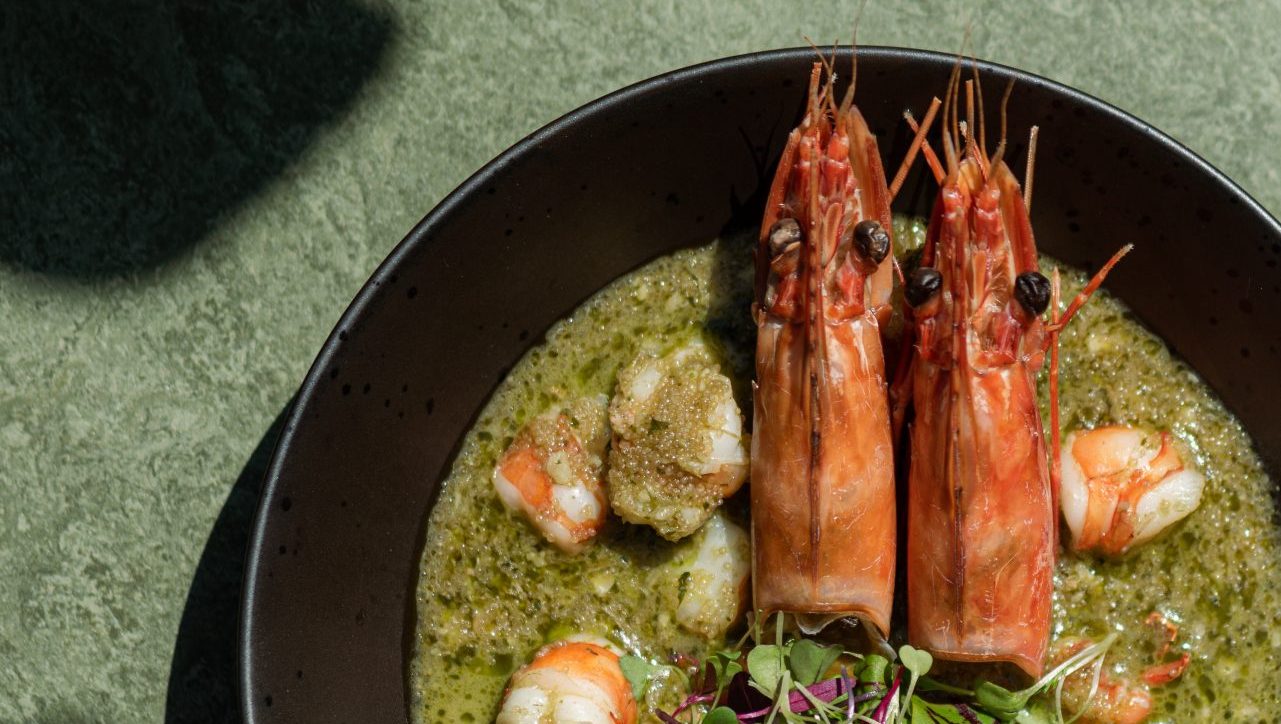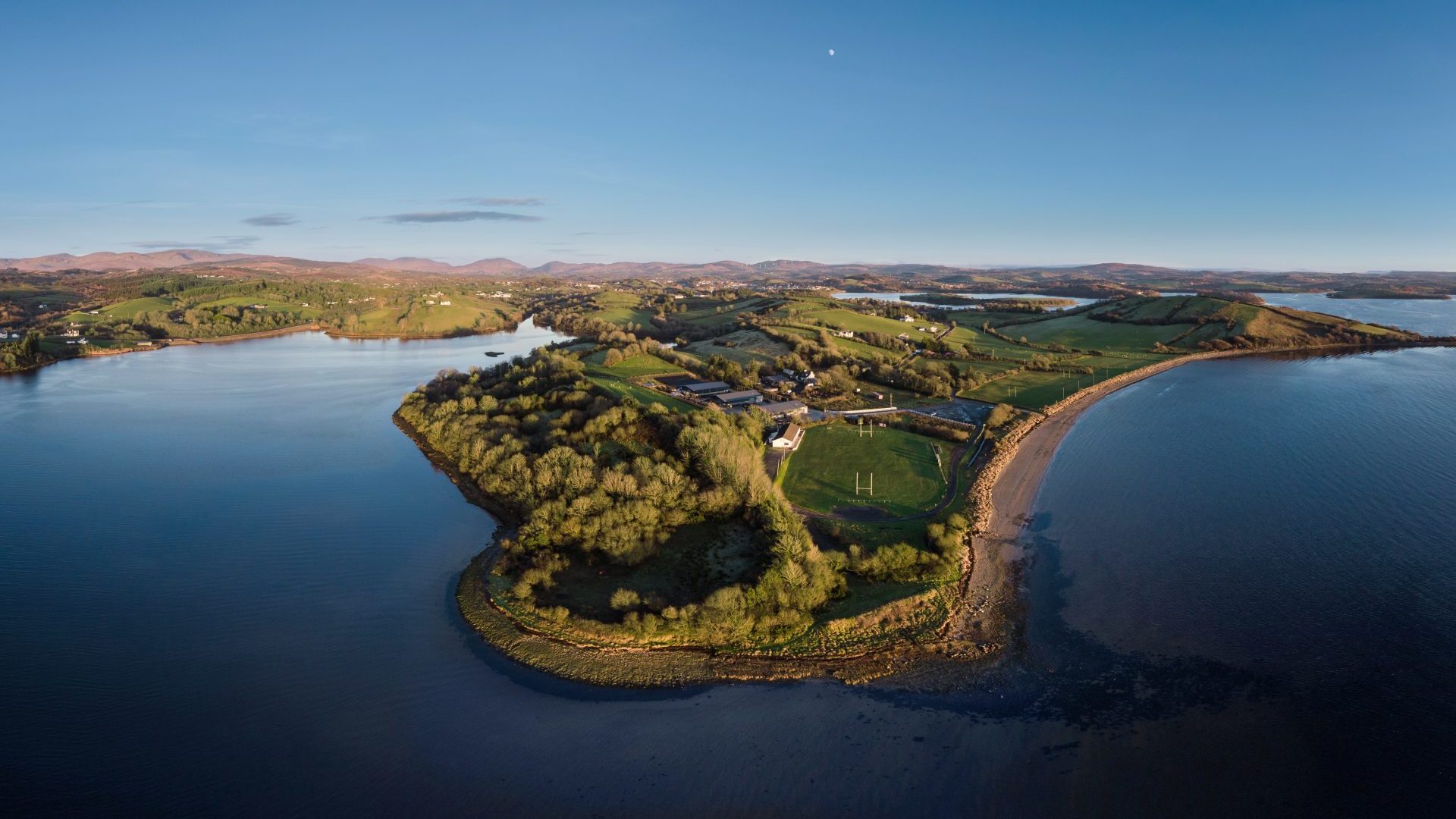Little Portugal, a restful community along the South Lambeth Road in London, isn’t talked about as much as it should be. I’m not sure why. The Kurdish restaurants on Green Lanes, curry houses of Tooting and pie and mash shops of the East End all seem to have much more airtime. None are undeserving – not for one moment do I think each shouldn’t be celebrated – I just find Little Portugal’s lack of limelight curious.
There, between Brixton, Stockwell and Vauxhall, not far from the Kia Oval cricket ground and a host of five-a-side football pitches, is a Portuguese community of almost 25,000. Recent data says almost 8% of Lambeth residents speak the language, with a significant number hailing from the islands of Madeira – Cristiano Ronaldo, hello there – and the Azores. The area is also home to 20% of Britain’s Galician population.
Most Portuguese families settled in Stockwell in the 1960s and 70s. Like the Italians before them, hospitality was the predominant calling. My own Italian relatives moved up the road to Waterloo and worked as chefs and domestic workers respectively, and these are the roles undertaken by their Iberian cousins. It makes sense, given that western Europeans generally know good food – or at least better than the British.
As time went on, cafes and restaurants followed, and for whatever reason, Stockwell became home. Today, among others, you’ll find Grelha D’Ouro, a casual restaurant serving calamari, big steaks, and lots of fried eggs; A Toca, a little more high-end, with rich seafood stews and excellent chicken and chips; O Cantinho, a relaxed cafe serving grilled sardines, smoked sausages, and Portugal’s fabled francesinha sandwiches; Madeira Patisserie, full of pastéis de nata (custard tarts); and Estrela Bar for watching football, drinking Super Bock and having snacks. There are other pockets of Portuguese cooking in London – including Casa Madeira on the Albert Embankment in Vauxhall – but Stockwell is home.
Little Portugal was often the choice location for my team post-football. After a game, few cuisines offer so much for so little – a mushroom and tomato omelette, bouncy with cheese, and crisp golden fries are ideal when attempting to rejuvenate. Especially with a cold Sagres.
London’s Portuguese diaspora stretches further. Nuno Mendes, from Lisbon, is one of Europe’s most recognisable and respected chefs. He owns Lisboeta on Charlotte Street. It is a refined operation, essentially fine dining, although anyone with a less advanced budget might pop in for a lunchtime bifana (pork sandwich).
Under Mendes’s wing for many years was another Portuguese chef, Leandro Carreira, who also grew up in Lisbon before making his way to London. Executive chef of The Sea, The Sea, a speciality seafood restaurant with sites in Chelsea and Hackney, his skill with shellfish and fish is expert. Here is his dish of tiger prawns with almonds and ginger.
Tiger Prawns with Almonds and Ginger
Serves 4
Ingredients
8 tiger prawns, cleaned with shells and guts removed (keep the heads)
40g fresh ginger
1/3 bunch of fresh coriander
3 cloves of garlic
80g blanched almonds
500ml grape seed oil or sunflower oil for frying
1/3 bunch of parsley
120g amaranth
1 lemon
Sea salt
120ml fish stock
Water
Instructions:
Peel the ginger and garlic. Place them in a food processor and blitz. Set aside.
Wash the coriander and parsley in cold water. If you have a salad spinner, use it to dry them as much as possible. Then, leave them on a perforated tray for 20 minutes to drip any excess water.
Take a medium-sized pot and heat the grape seed oil or sunflower oil until it reaches 160°C (320°F). Add the ginger and garlic mixture and stir immediately with a fork. Fry until golden, stirring frequently to prevent it from forming a clump. Once golden, remove the mixture to a tray.
Fry the coriander in the same oil until it becomes crispy but not brown. Remove it to a tray once crispy. Repeat the process with the parsley.
Grind the blanched almonds in a blender until they reach a coarse texture, similar to almond flakes. Set aside.
Take another medium pot and add enough water (roughly 1.5 litres) to cook the amaranth. Add a pinch of salt to the water and bring it to a boil.
Add the amaranth to the boiling water and cook for nine minutes. Then, strain the amaranth using a sieve and rinse it with cold water until it cools down.
In the blender, combine the fried parsley, coriander, ginger mixture, and almonds. Gradually add enough of the frying oil to create a paste-like consistency similar to pesto. Be careful not to make it too runny.
Prepare a steamer to cook the prawn heads, or alternatively, you can pan-fry them with a bit of oil.
Cut the tiger prawns into chunks and place them in a pot with the cooked amaranth. Add the ginger mixture and fish stock. Season with a pinch of salt. Cook over medium heat until the mixture reaches a creamy texture. Taste and adjust the seasoning if needed. Squeeze a little lemon juice into the pot.
Serve the prawn and amaranth mixture on a large serving plate with the cooked prawn heads placed on top.




